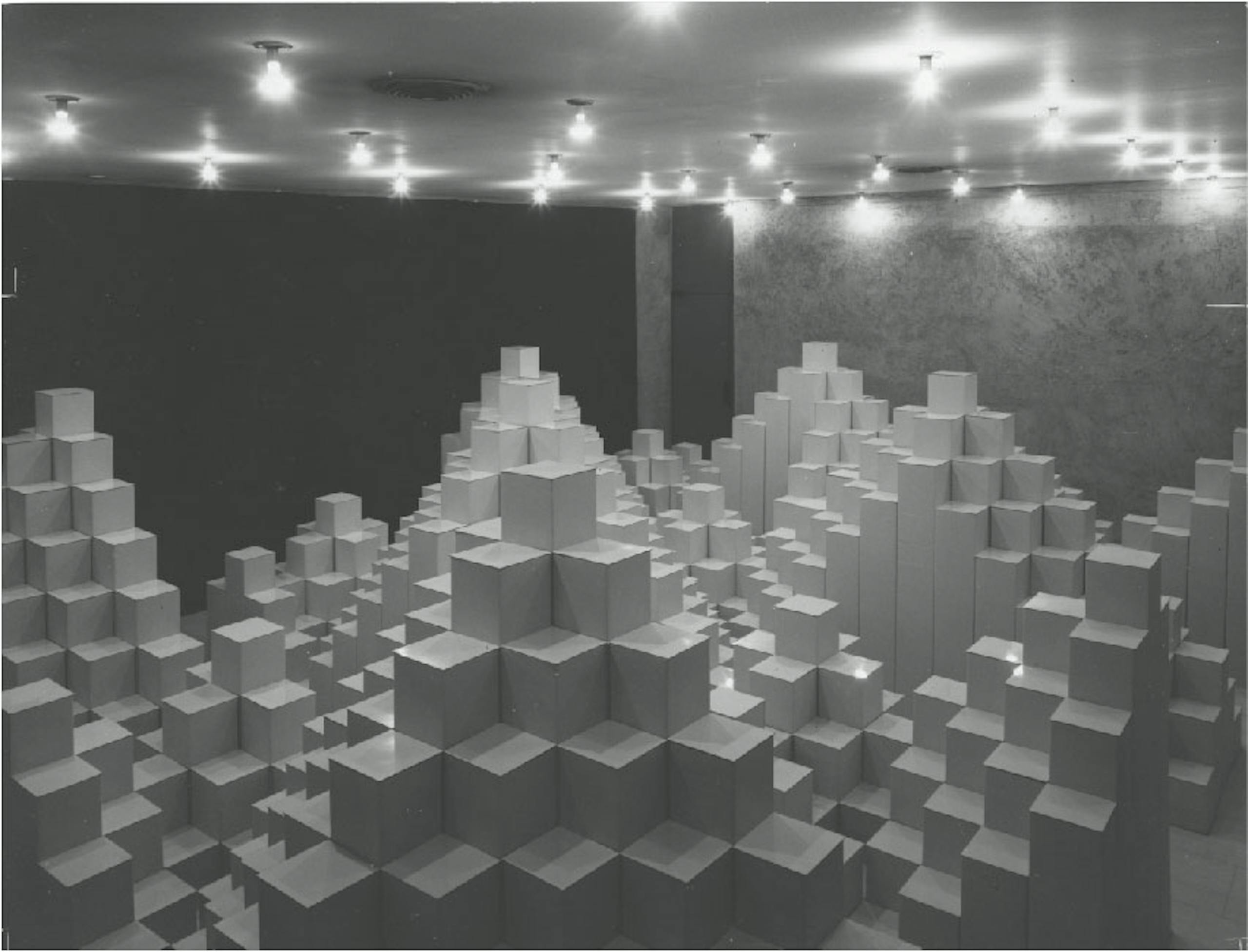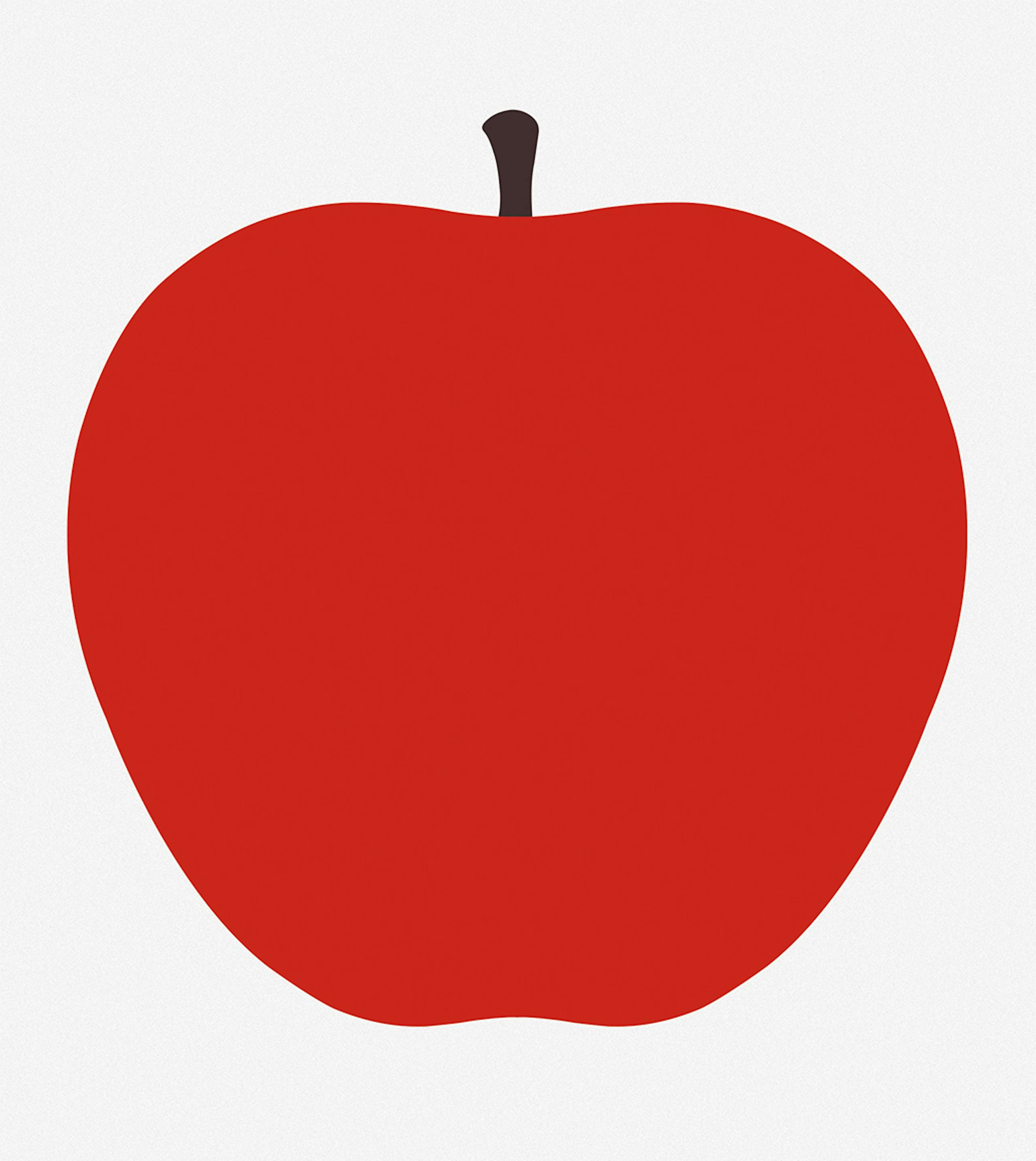
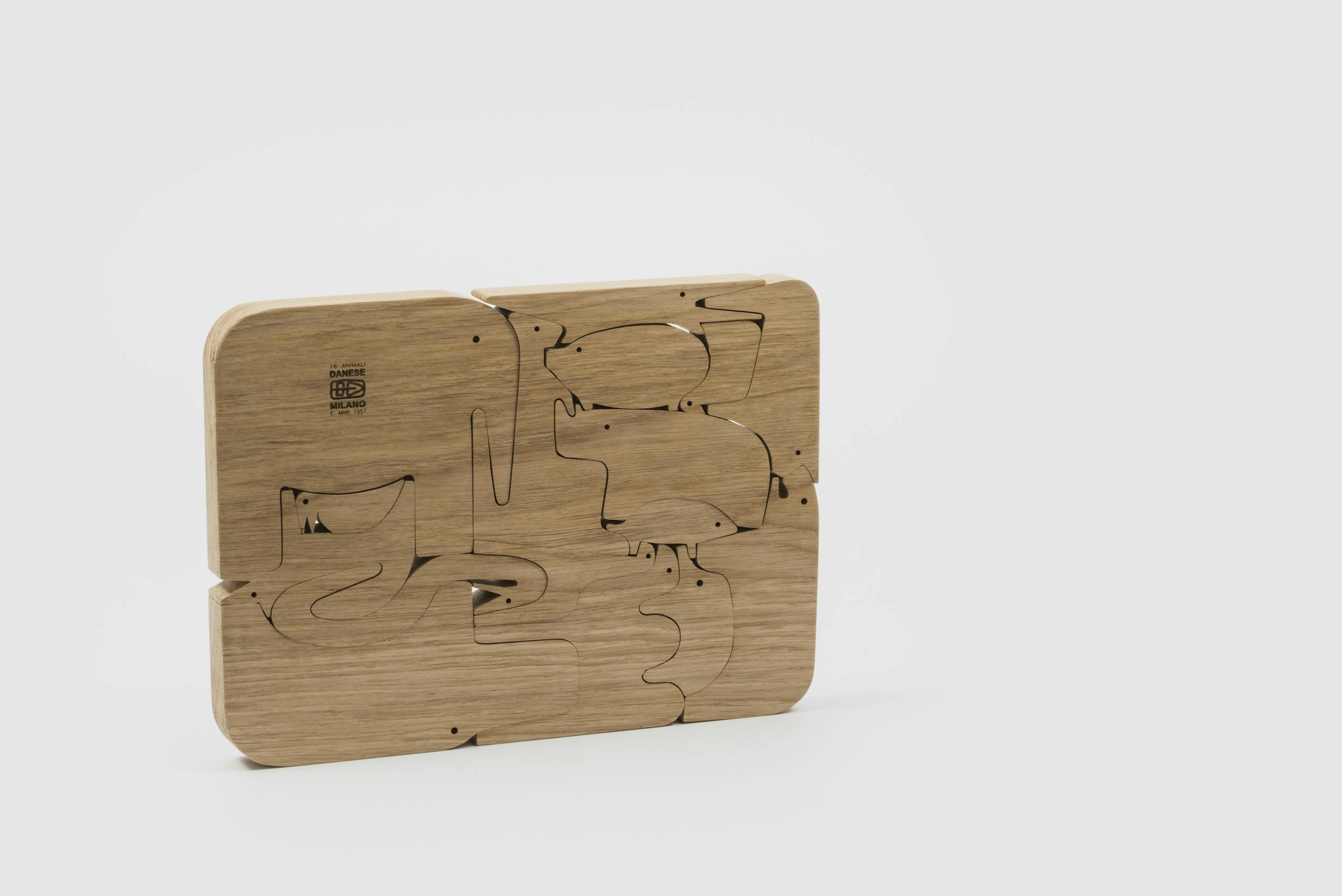
Enzo Mari, 16 Animali, 1957. Danese Milano
A dialogue on Enzo Mari's influence with Paola Antonelli and Alice Rawsthorn in the third episode of the podcast
Design curator Paola Antonelli and series host Alice Rawsthorn discuss Mari’s influence on today’s understanding of design in the third episode of Enzo Mari Costellazione. From his project of the Milanese Panettoni to the masterpiece Proposta per un’Autoprogettazione.
Enzo Mari Costellazione, Episode 3, Paola Antonelli
"Interestingly I always say to people the same when they ask me 'Why are you so good at design?' I always tell everybody that design is part of normalcy in Italy, so to answer your question I think I have this view of the city of Milan filled with Panettoni, the beautiful traffic order that Mari had designed: it was fantastic, made of concrete and movable around. But actually, I checked the time and they were designed in 1980 so I must have known him before, maybe it was the Danese toys, in particular, the puzzle with all the animals. Maybe he was always part of my life and that's the beauty of that. Maybe I became aware of him when somebody told me 'Hey you know that object, it was designed by this guy Enzo Mari' and he was ever part of me since I started studying design."
Paola Antonelli
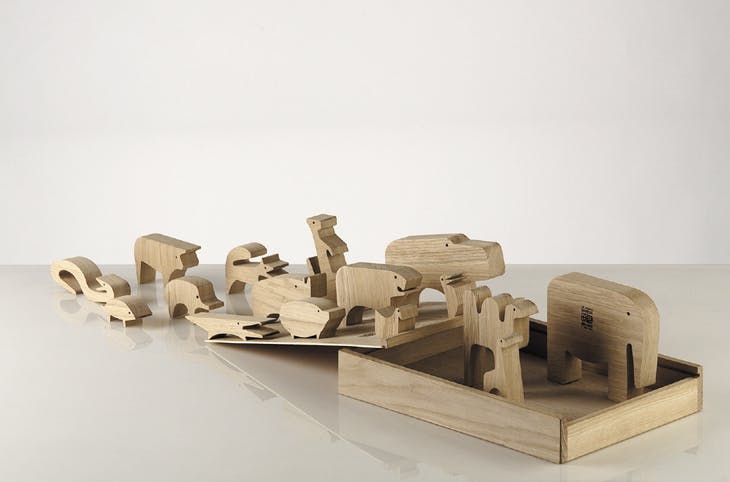
Enzo Mari, 16 Animali, 1957. Danese Milano
"I think we all had the same first choice, Autoprogettazione, because it really is amazing. But I will give my introduction to Proposta per un’Autoprogettazione: it was no furniture, it was the instruction. He decided together with a manufacturer to release this book of instruction for everybody to be able to build their furniture at home, finding standard elements of wood available. It was really about empowering the people, no difference between designer and user.
My second choice is Il Panettone, especially for eating ice-cream or, as you were on a river, to jump from stone to stone. It had been a feature of Milanese life forever. Think of literally a panettone but made of concrete with a little hook of steel on the top, for a machine to pick it up and move it around: a little habitant of the city.
The other project that I really love is a project that Mari did with Danese and it’s Putrella, it means in Italian a steel beam, and it is transformed, almost as a found object into a beautiful bowl for fruits and it becomes a poetic part of your home."
Paola Antonelli
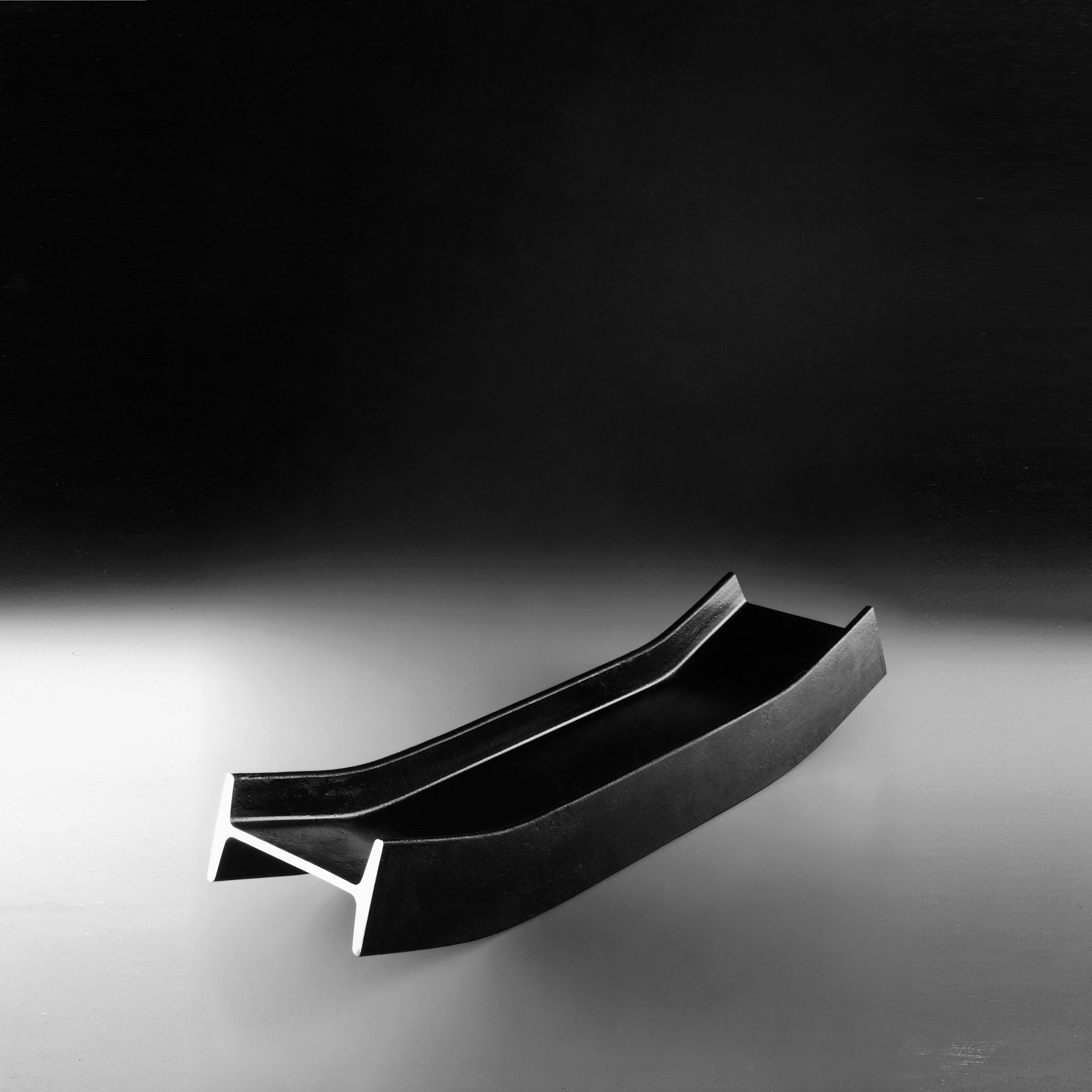
Contenitori di ferro profilato, Serie putrella, modello A, 1958. Danese Milano. Foto Fabio e Sergio Grazzani
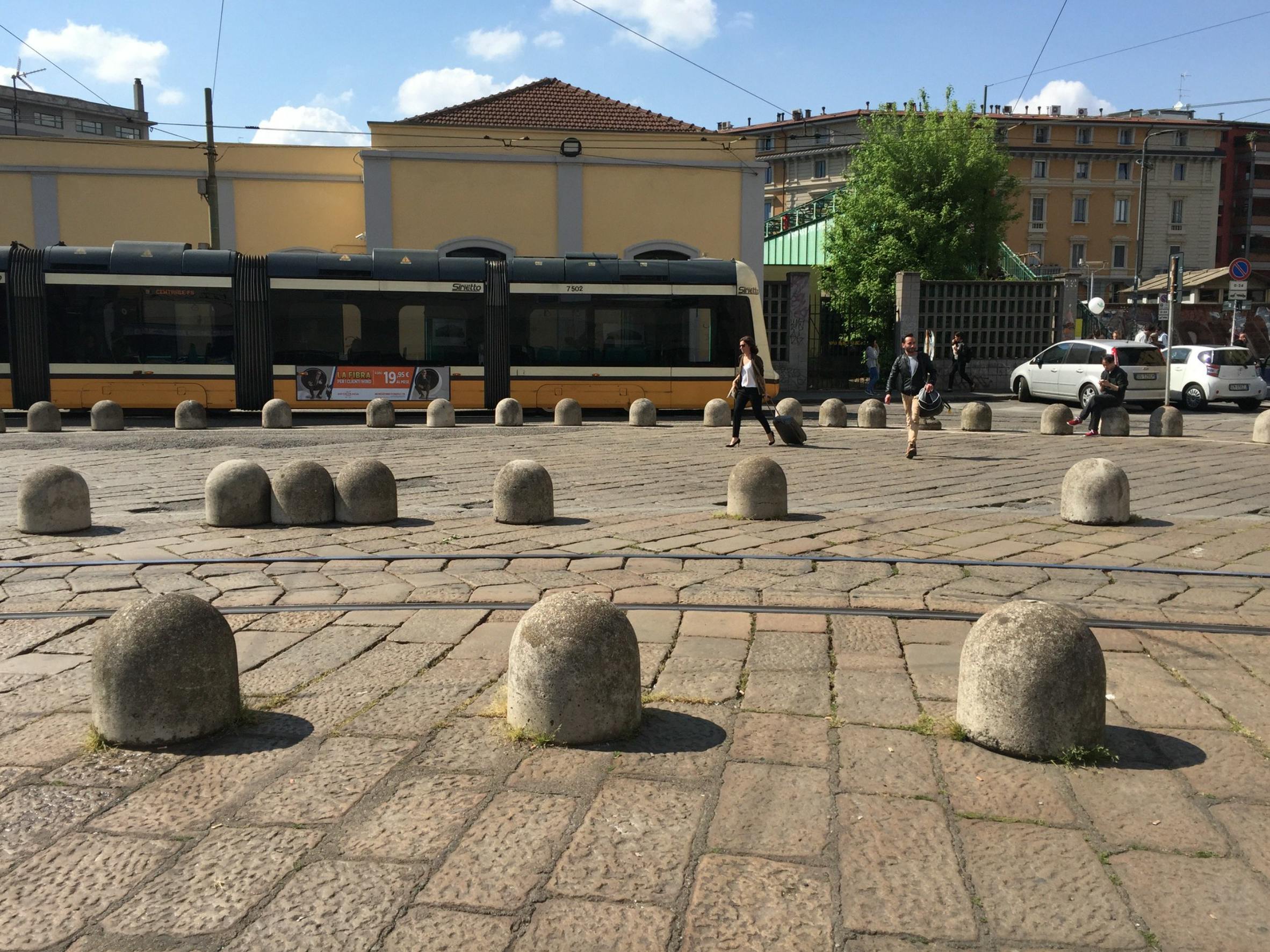
Enzo Mari, Panettoni, 1980
"Wishful thinking can translate into wishful acting. Clearly, even though designers alone will not solve everything, they can spark a dramatic change in behaviors. 'Designers and artists are able to formulate, through artifacts and concepts, urgent political questions that can not rely solely on regular processes to enter public discourse. In regards to the environment and all associated concerns, in particular, state policy is driven to make reformations by the priorities that researchers, designers, activists, scientists, architects, and citizens set forth'."
Paola Antonelli, Broken Nature, an introductive essay from the catalog dedicated to Broken Nature
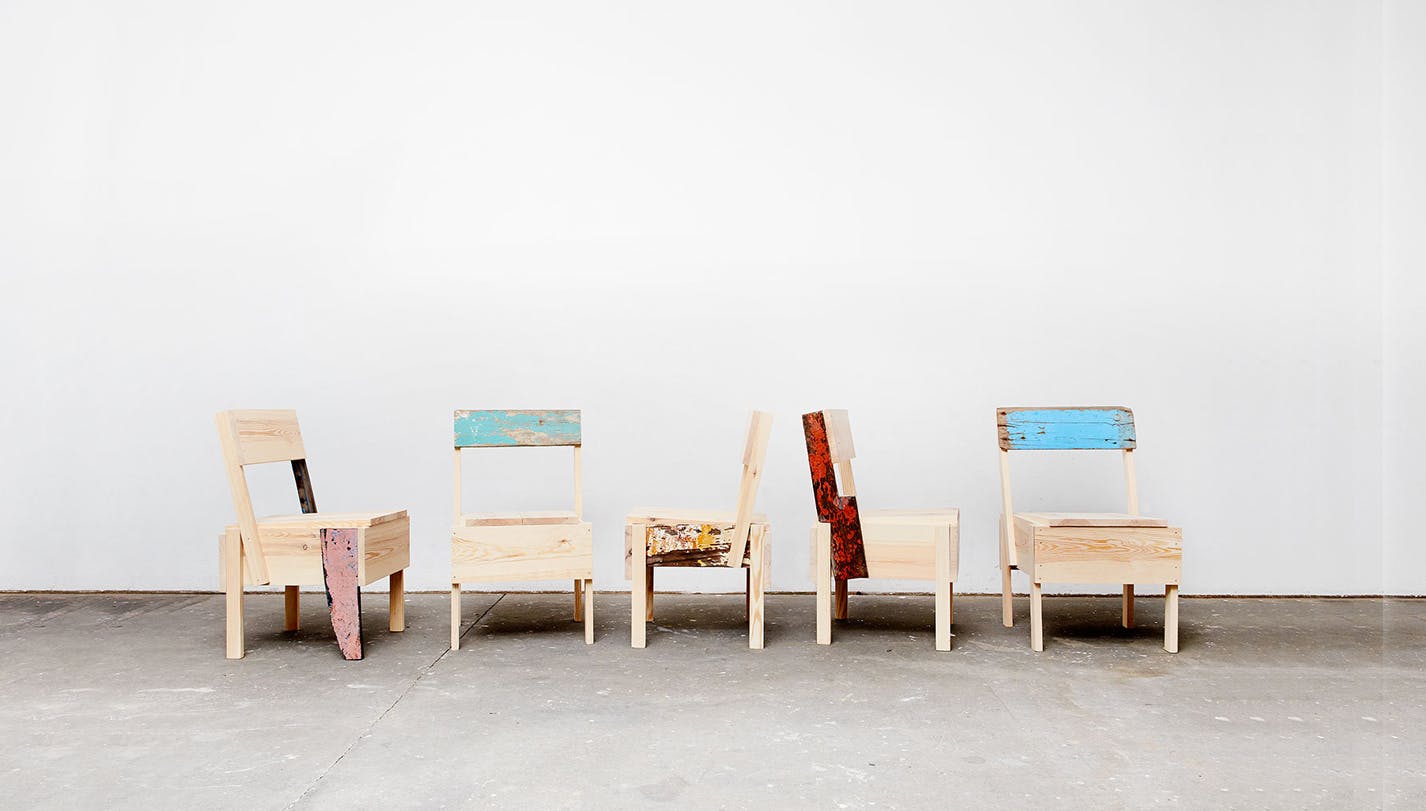
Enzo Mari’s Sedia 1 from his 1974 Autoprogettazione book, manufactured by the craftspeople at Cucula in 2014
Based in Berlin, Cucula explains its website, “is an association, a workshop, a platform for intercultural exchange and an experimental, vocational preparation program. Up to eight young refugees are acquiring basic skills in craft and design in Cucuta's workshop at any given time. The workshop is connected to an educational program in which trainees prepare for future apprenticeships and jobs. Refugeeinvolvement at Cucula can take many shapes, including program participants, interns, and employees. Cucula also offers everyday support and legal advice.” Enzo Mari granted Cucula the rights to produce the Autoprogettazioned designs.
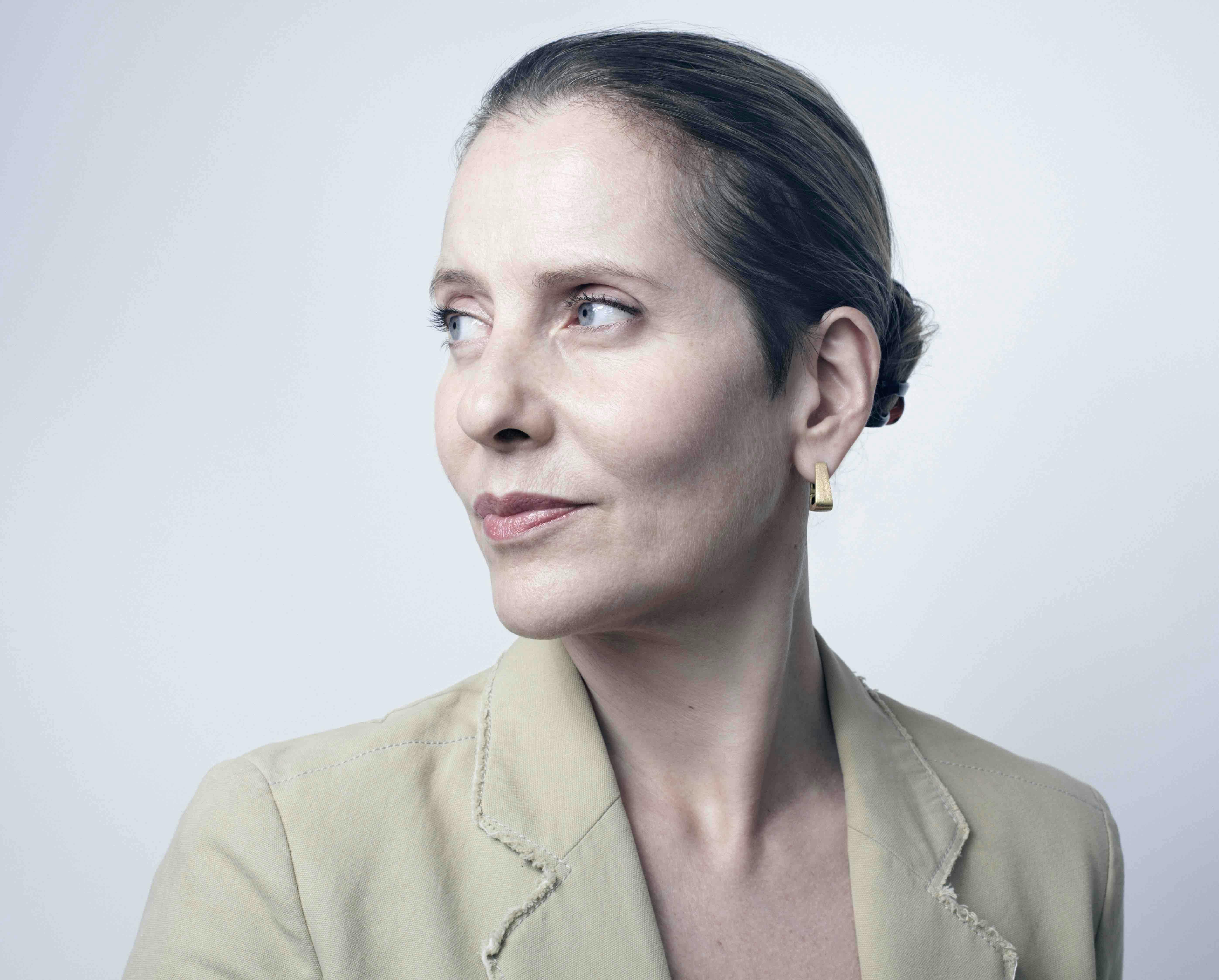
Paola Antonelli is Senior Curator of Architecture & Design at The Museum of Modern Art, as well as MoMA’s founding Director of Research & Development. Her goal is to promote design’s understanding until its positive influence on the world is universally acknowledged. Her work investigates design’s impact on everyday experience, often including overlooked objects and practices, and combining design, architecture, art, science, and technology.
She has curated shows, written books, lectured worldwide, and taught in several schools, including Harvard and UCLA. Following the XXII Triennale di Milano–her 2019 Broken Nature: Design Takes on Human Survival, devoted to the idea of restorative design–she has recently curated Material Ecology, a show on the work of architect Neri Oxman that opened at MoMA in February 2020. She is currently working on several new sessions of her MoMA R&D Salons; and on two books–a collection of essays on contemporary design and Design Bites, a book about foods from all over the world as examples of design.
Related events

Related articles
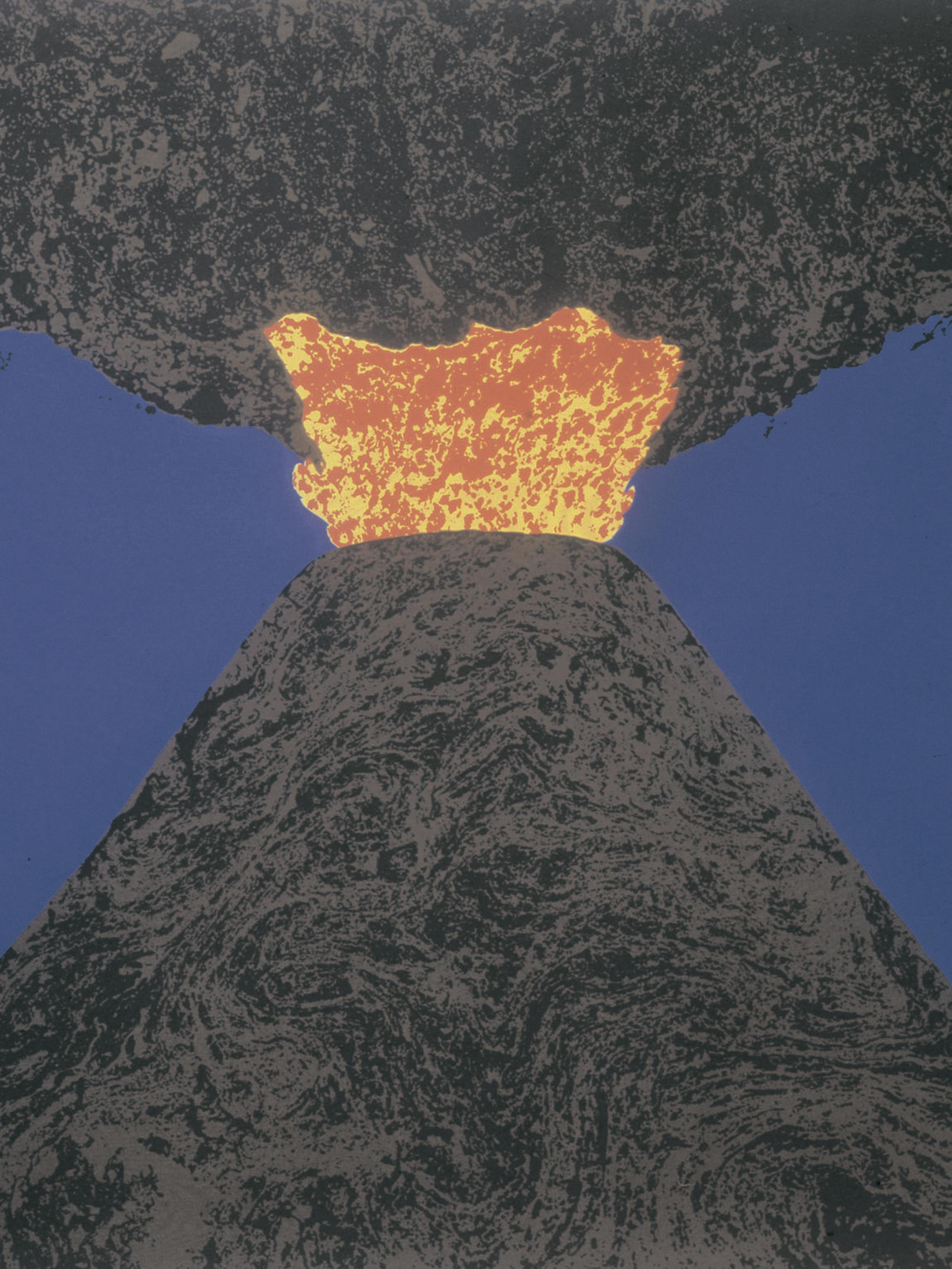
Enzo Mari Costellazione
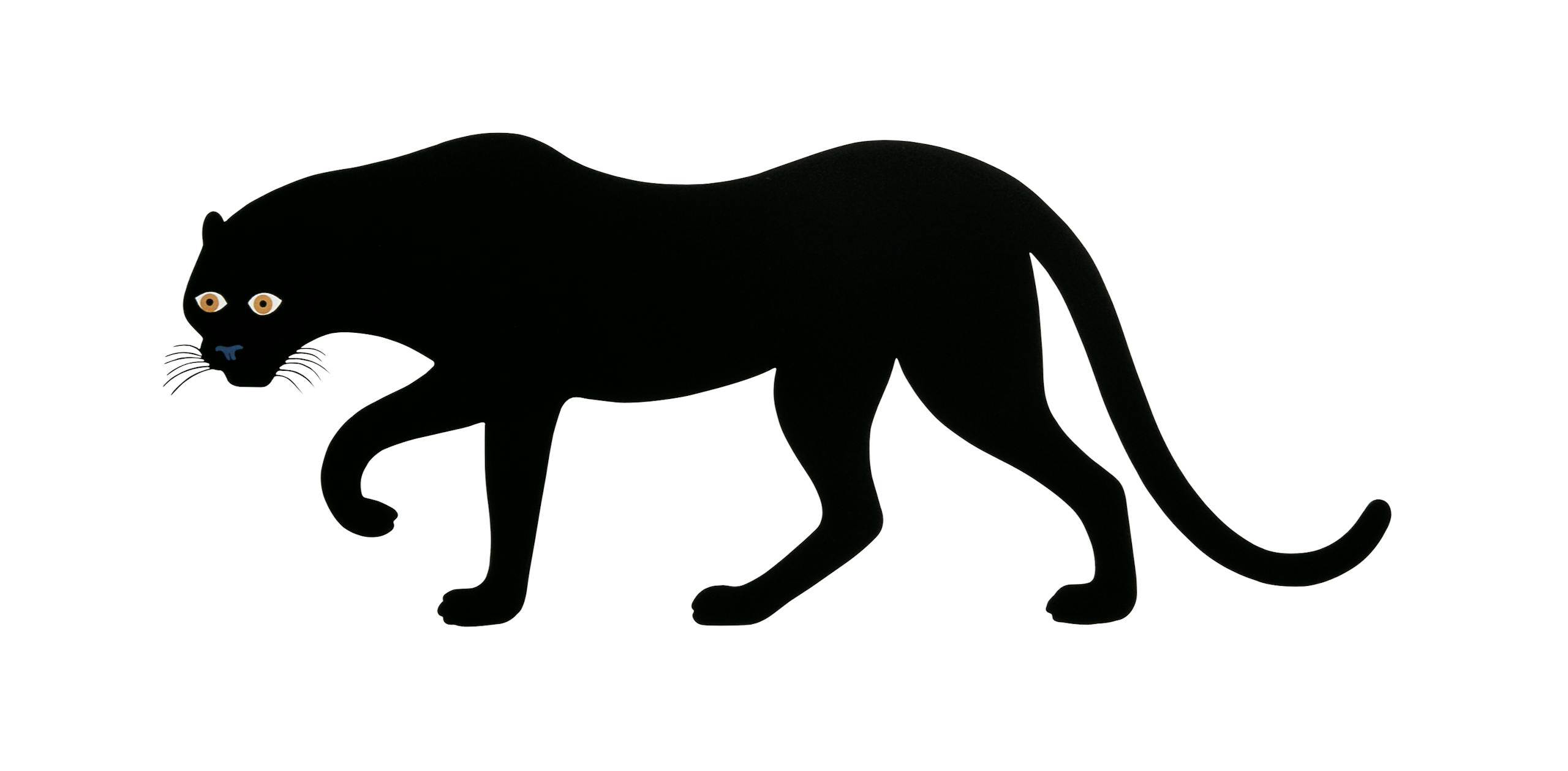
Hans Ulrich Obrist discusses his approach to an exhibition about “the many faces of Mari” in the first episode of Enzo Mari Costellazione
